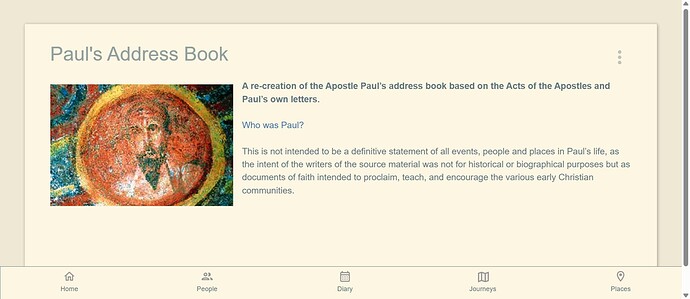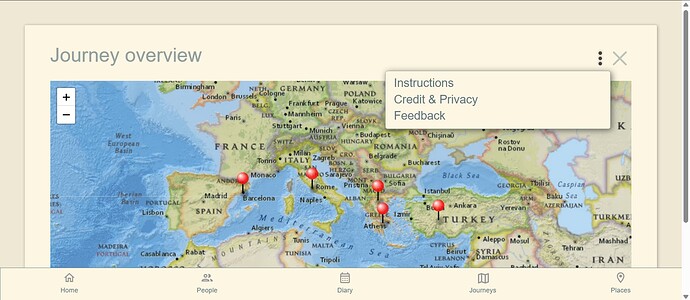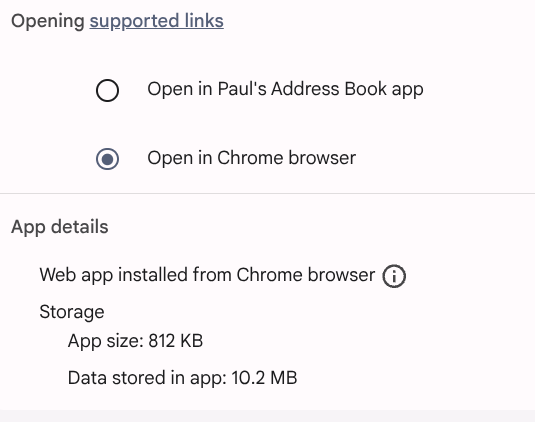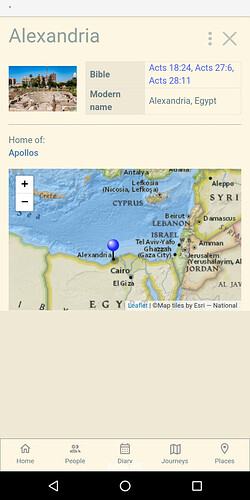I originally built this app using the nocode site Glide with the data held on a GoogleSheet. However significant changes to Glide platform meant that I would need to rebuild the app from scratch. So I challenged myself to rebuild it in TW so that its future was more in my own hands rather than a third paty platform.
I tried to minimise the use of plugins and much of the layout and functionality is with some tweaks to core and some CSS. Also hiding the sidebar and making it read only.
The main plugins that it is dependant on are Leaflet, Shiraz Dynamic tables and Spotlight.
I also wanted a better mobile experience, like the bottom minimalist toolbar and the option to install as a PWA.
My build is done in node.js which is exported as a single file wiki. That gets uploaded to a web directory that has a Service Worker (js file) already waiting. I hand crafted the service worker to get it to do what I wanted from the PWA.
You should get a prompt after 15 seconds asking if you want to install. Depending on your browser you will get a web shortcut or a full PWA App install.
Some of the content - pictures and Bible verses are not cached so to get the best experience you do need a web connection.
Comments appreciated.
You can find the app here Paul's Address Book — A recreation of the Apostle Paul's address book




